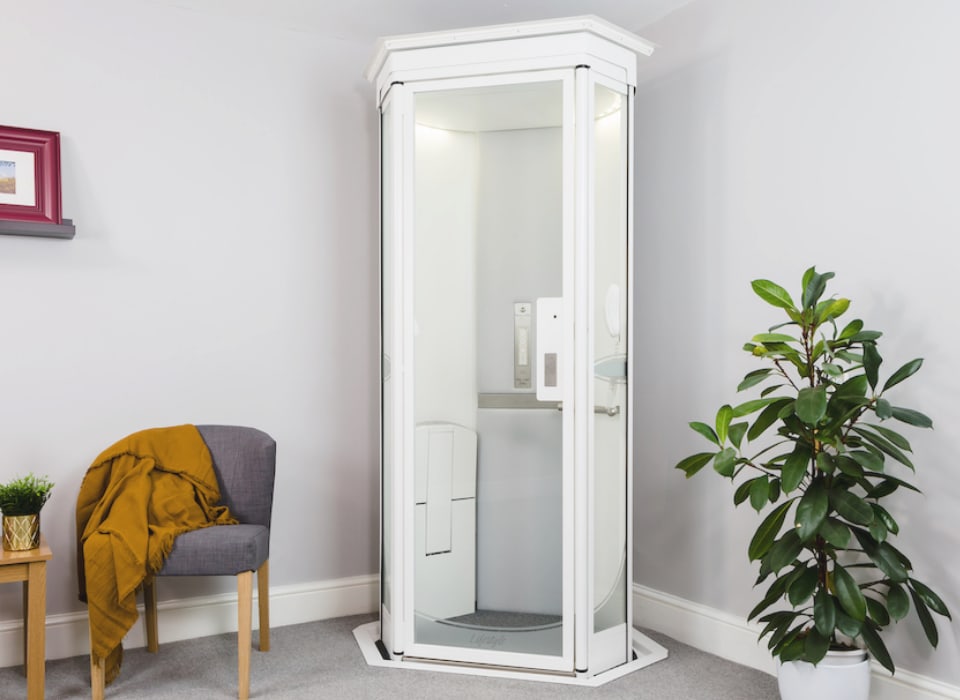Discover Trustworthy Lift Repair Near Me for Rapid and Affordable Service
Discover Trustworthy Lift Repair Near Me for Rapid and Affordable Service
Blog Article
Looking Into the World of Elevators: Common Issues Encountered by Different Lift Mechanisms
As we navigate through the upright transportation systems of modern structures, elevators stand out as a crucial element of our day-to-day lives. From hydraulic elevators to grip systems and machine-room-less styles, each lift kind comes with its set of usual problems.
Hydraulic Lifts
Hydraulic elevators, frequently liked for low-rise structures, utilize fluid stress to regulate the movement of the elevator car (lift repair companies). This system includes a hydraulic pump pressing oil right into a cylinder, triggering the lift to relocate the preferred instructions. While hydraulic lifts are known for their silent and smooth operation, they do come with their own collection of usual issues
One widespread problem with hydraulic elevators is oil leak. The seals in the hydraulic system can wear over time, resulting in oil infiltration. If left unaddressed, this not just develops a mess yet can additionally affect the elevator's performance. Furthermore, problems with the control system, such as damaged shutoffs or a malfunctioning pump, can create disturbances in the lift's motion.
Regular maintenance and prompt fixings are vital to ensure the smooth functioning of hydraulic elevators. By dealing with these common issues proactively, structure proprietors can lessen downtime and make sure the safety and security and efficiency of their upright transport system.
Grip Elevators
When considering vertical transport systems in structures, another typical type apart from hydraulic elevators is the grip elevator. Traction lifts run using a system of ropes and counterweights that relocate the elevator automobile by grasping onto the hoist ropes. This mechanism allows for smoother and much faster upright transportation compared to hydraulic systems.
Among the typical issues faced by grip elevators is rope wear. The constant motion of the ropes within the traction system can lead to put on and tear in time, possibly triggering the elevator to breakdown or become risky for use. Routine evaluations and upkeep of the ropes are vital to guarantee the lift's appropriate performance and safety and security.
An additional concern that traction lifts may run into is connected to the control system. Issues with the control system can lead to concerns such as irregular movement, hold-ups in reaction times, or perhaps total closures. Routine screening and maintenance of the control system are vital to avoid such concerns and guarantee the lift's reliability.
Machine-Room-Less (MRL) Elevators

Among the crucial elements of MRL elevators is the portable gearless grip device that is installed within the hoistway. This device efficiently drives the lift auto without the demand for large equipment located in standard traction lifts. Additionally, MRL elevators usually make use of a weight system to balance the vehicle, further improving their energy efficiency.
In spite of their lift companies in London benefits, MRL elevators might face obstacles associated to upkeep and repair work as a result of the confined area for equipment installation. Access for servicing parts within the shaft can be restricted, needing specialized training for professionals. Appropriate upkeep timetables and regular assessments are crucial to make sure the ongoing smooth operation of MRL elevators.
Overloading and Weight Restriction Issues
Overloading and weight limitation problems are important problems in lift procedures. Lift manufacturers design lifts with specific weight capacities to ensure passenger safety and security and tools long life.
When lifts are overwhelmed, it places extreme stress on the motor, cables, and other parts, possibly triggering breakdowns or failures. Security mechanisms such as sensors and overload sensing units remain in location to avoid lifts from moving if they discover excess weight. Furthermore, exceeding weight restrictions can cause boosted energy intake and deterioration on the elevator system.
To minimize overwhelming problems, developing managers need to plainly show weight limits in lifts and inform occupants on the relevance of adhering to these limitations - lift repair companies. Regular upkeep checks by qualified technicians can likewise help make sure that elevators are running within safe weight parameters. By dealing with overloading and weight restriction concerns proactively, structure owners can improve elevator security and performance
Electrical System Failures
Surpassing weight limitations in lifts can not just lead to mechanical issues but also potentially add to electrical system failings within the lift framework. Electrical system failures are a crucial issue in elevator operation, as they can trigger unanticipated closures, malfunctions, or even security risks.
Regular upkeep and assessments are important to identify and resolve prospective electrical concerns promptly, making certain the risk-free and efficient procedure of elevator systems. By sticking we maintain lifts to weight limitations and performing routine electrical system checks, structure proprietors can minimize the danger of electric failures in lifts.
Verdict

Hydraulic elevators, often preferred for low-rise buildings, utilize fluid stress to control the activity of the elevator vehicle.When considering upright transportation systems in structures, one more common type aside from hydraulic lifts is the traction lift. Traction lifts operate making use of a system of ropes and counterweights that relocate the elevator car by grasping onto the hoist ropes. Unlike typical elevators that call for a separate equipment space to house the tools, MRL elevators incorporate most of the parts within the shaft, eliminating the demand for a devoted device area.In final thought, elevators encounter typical concerns such as hydraulic malfunctions, grip london lift company system failings, and electrical system troubles.
Report this page